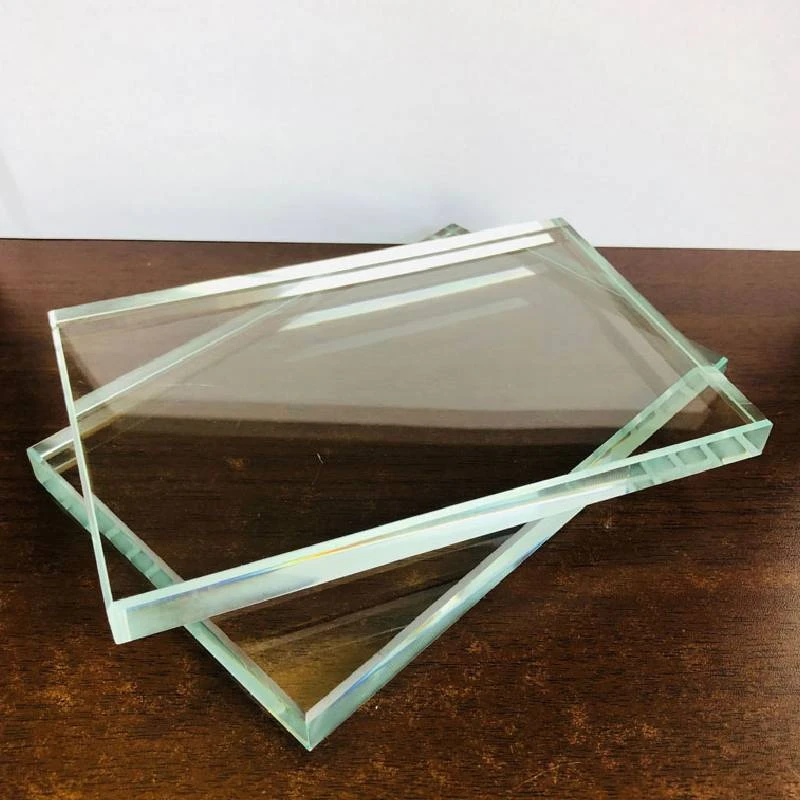Understanding Infrared Reflecting Laminated Glass
Infrared reflecting laminated glass is an innovative building material that combines aesthetic appeal with energy efficiency. Specifically designed to enhance thermal performance, this type of glass plays a critical role in modern architecture, where sustainability and comfort are becoming increasingly important.
At its core, infrared reflecting laminated glass consists of multiple layers, including a layer of polyvinyl butyral (PVB) sandwiched between two sheets of glass. The PVB layer not only provides structural integrity and safety but also serves as a barrier that enhances the performance of the glass. One of its most significant advantages is its ability to reflect infrared radiation while allowing visible light to pass through. This is achieved through the application of specially coated films that are designed to reflect infrared rays, which are a major contributor to heat transfer.
The benefits of using infrared reflecting laminated glass are manifold. First and foremost, it effectively reduces the heat gain in buildings, which is essential for maintaining a comfortable indoor environment. By minimizing the need for air conditioning, this glass ultimately leads to lower energy consumption and reduced utility costs, making it a financially smart choice for homeowners and building managers alike. Furthermore, by lessening the reliance on artificial cooling systems, it contributes positively to environmental sustainability.
infrared reflecting laminated glass
Moreover, infrared reflecting laminated glass is also known for its ability to provide excellent UV protection. This is particularly beneficial for homeowners who want to protect their interiors against fading caused by prolonged exposure to sunlight. Furniture, artwork, and flooring can suffer from UV damage, leading to costly replacements. With infrared reflecting laminated glass, not only is heat reduced, but harmful ultraviolet rays are also significantly diminished.
In addition to their practical benefits, these glass panels can also enhance the aesthetic appeal of a building. Available in a variety of tints and finishes, they can be tailored to suit different architectural styles and design preferences. Whether used in residential homes, commercial buildings, or even in vehicles, infrared reflecting laminated glass ensures that the spaces remain visually pleasing without compromising on performance.
While the initial investment in infrared reflecting laminated glass may be higher than standard glass, the long-term energy savings and protection it offers make it a worthwhile consideration. As building codes and consumer awareness of sustainability increase, the demand for such advanced materials will likely grow, establishing infrared reflecting laminated glass as a staple in modern construction.
In conclusion, infrared reflecting laminated glass exemplifies a remarkable blend of innovation, efficiency, and design. As the global market moves towards eco-friendliness and energy efficiency, materials like these will play an essential role in shaping the future of architecture and construction.
 Afrikaans
Afrikaans  Albanian
Albanian  Amharic
Amharic  Arabic
Arabic  Armenian
Armenian  Azerbaijani
Azerbaijani  Basque
Basque  Belarusian
Belarusian  Bengali
Bengali  Bosnian
Bosnian  Bulgarian
Bulgarian  Catalan
Catalan  Cebuano
Cebuano  Corsican
Corsican  Croatian
Croatian  Czech
Czech  Danish
Danish  Dutch
Dutch  English
English  Esperanto
Esperanto  Estonian
Estonian  Finnish
Finnish  French
French  Frisian
Frisian  Galician
Galician  Georgian
Georgian  German
German  Greek
Greek  Gujarati
Gujarati  Haitian Creole
Haitian Creole  hausa
hausa  hawaiian
hawaiian  Hebrew
Hebrew  Hindi
Hindi  Miao
Miao  Hungarian
Hungarian  Icelandic
Icelandic  igbo
igbo  Indonesian
Indonesian  irish
irish  Italian
Italian  Japanese
Japanese  Javanese
Javanese  Kannada
Kannada  kazakh
kazakh  Khmer
Khmer  Rwandese
Rwandese  Korean
Korean  Kurdish
Kurdish  Kyrgyz
Kyrgyz  Lao
Lao  Latin
Latin  Latvian
Latvian  Lithuanian
Lithuanian  Luxembourgish
Luxembourgish  Macedonian
Macedonian  Malgashi
Malgashi  Malay
Malay  Malayalam
Malayalam  Maltese
Maltese  Maori
Maori  Marathi
Marathi  Mongolian
Mongolian  Myanmar
Myanmar  Nepali
Nepali  Norwegian
Norwegian  Norwegian
Norwegian  Occitan
Occitan  Pashto
Pashto  Persian
Persian  Polish
Polish  Portuguese
Portuguese  Punjabi
Punjabi  Romanian
Romanian  Russian
Russian  Samoan
Samoan  Scottish Gaelic
Scottish Gaelic  Serbian
Serbian  Sesotho
Sesotho  Shona
Shona  Sindhi
Sindhi  Sinhala
Sinhala  Slovak
Slovak  Slovenian
Slovenian  Somali
Somali  Spanish
Spanish  Sundanese
Sundanese  Swahili
Swahili  Swedish
Swedish  Tagalog
Tagalog  Tajik
Tajik  Tamil
Tamil  Tatar
Tatar  Telugu
Telugu  Thai
Thai  Turkish
Turkish  Turkmen
Turkmen  Ukrainian
Ukrainian  Urdu
Urdu  Uighur
Uighur  Uzbek
Uzbek  Vietnamese
Vietnamese  Welsh
Welsh  Bantu
Bantu  Yiddish
Yiddish  Yoruba
Yoruba  Zulu
Zulu 

